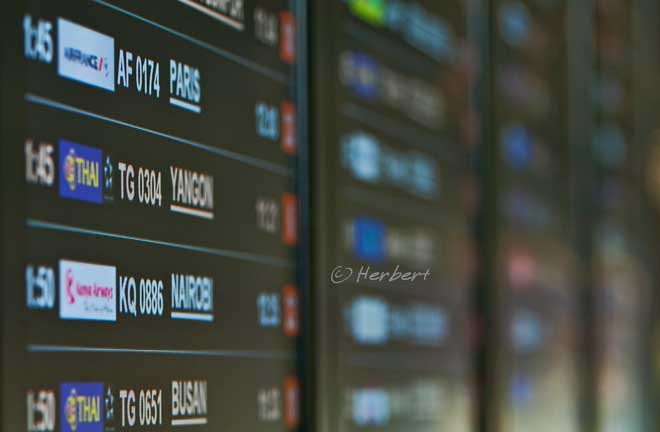Camera: Canon 300D with kit lens
Meili Xueshan is a subrange of the Hengduan Shan at the convergence of Tibet, Yunnan, Myanmar and Sichuan. The Meili range has more than 20 permanent snow peaks with at least 6 that are over 6,000m. Kawa Karpo (or Prince Peak) at 6,740m is the highest mountain of the range and in Yunnan. It is a holy mountain to the Tibetans- its importance is reinforced by the fact that of the 13 holy mountains, it is the only "male" mountain. Many Tibetans pilgrims come to circumambulate around the mountain on a 13-day kora- it will take us longer to do so. It is said that one has to be very lucky to even see Kawa Karpo as it is mostly shrouded in clouds. Many visitors to Yunnan venture as far as the so-called Shangri-la (old name Zhongdian) and go no further north. Whilst Shangri-la is a popular destination for many tourists as it was the place where most visitors would experience the Tibetan feel for the first time without going to Tibet ("was" because it no longer is due to Sino-isation of the town), it is really an unexciting place. Feilaisi is about 15 km outside another forgettable town, Deqin, which lies about 145km north of Shangri-la. This is where one should come to enjoy the mountain scenery in Yunnan, see the LancangJiang (Mekong River) and probably do some light trekking into the beautiful valley of Yubeng. Trust me- this is one journey that you will not regret going.





























